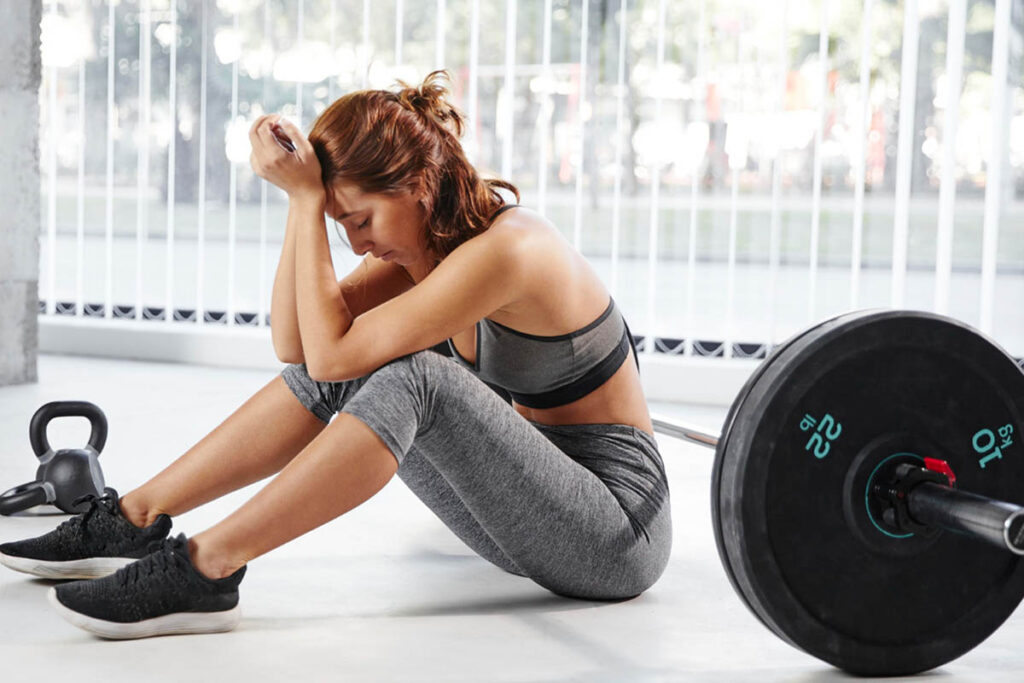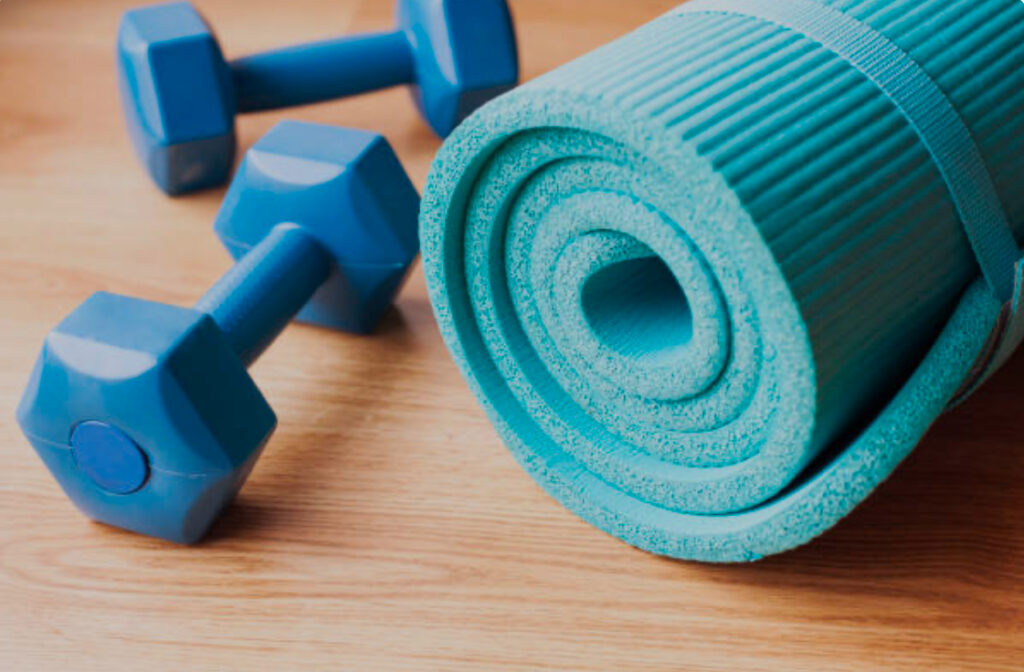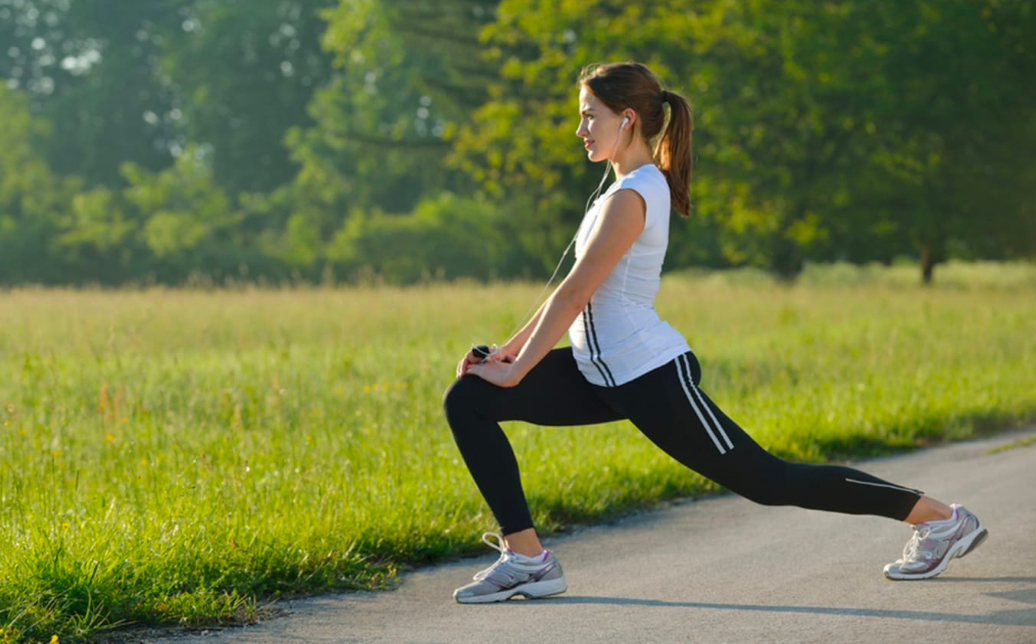Did you know the second Friday in January is called “Quitter’s Day?” Statistically, this is the day when most people abandon their New Year’s resolutions. Are you part of that statistic, or are you an outlier? Was it because your exercising lead to injury?
Wherever you stand, we can all agree that sticking with a goal, especially one like starting a new exercise routine, is no easy feat. All kinds of new inconveniences and obstacles start popping up…our body isn’t used to it, you might experience injuries, there’s suddenly more laundry to do, and it can be tough to stay motivated when results take time to appear.
While we can’t magically fix your laundry pile or your motivation levels, we can help you start exercising without injuries and hopefully avoid setbacks. By focusing on proper pacing, equipment, and mindset, you’ll set yourself up for sustainable progress and success.
1. Proper Pacing: Build Strength, Not Stress for Exercising without Injuries

Proper pacing is all about starting slow and steady to avoid injuries and burnout. While it’s tempting to dive in full throttle when you’re feeling motivated, this approach can lead to muscle or joint strains, overtraining, or even burnout. Here’s how to pace yourself while exercising effectively:
Listen to Your Body:
There’s a fine line between pushing through discomfort and risking injury. Pay attention to your body—if discomfort turns into pain, it’s time to stop. Sustainable progress comes from knowing your limits and respecting them.
Progress Gradually:
Starting slow might feel boring, but gradual progression is key to long-term success. Use the “10% rule” to increase intensity or duration by no more than 10% per week. For quick math, if your workouts lasted 30 min last week, simply add 3 min this week to progress! This could also mean adding 5-10 minutes to your walk, using slightly heavier dumbbells, or doing 1-2 extra reps. Small steps build lasting habits.
Start with the Basics:
It’s tempting to jump into trendy workouts, but beginning with foundational exercises helps you build strength, confidence, and proper form.
Prioritize Rest Days:
Rest days are just as important as workout days. They give your muscles time to recover and grow stronger. Use rest days for light activities like walking or stretching, which promote recovery without strain. Click HERE for more info on when to take rest days. You can check this article out HERE on how to truly soak in all the rest/relaxation on those slower days to avoid burnout!
Set Realistic Goals:
Begin with achievable goals and celebrate each milestone. Tracking progress—whether it’s completing a week of workouts, lifting heavier weights, or feeling more energetic—will keep you motivated. Use tools like a habit tracker or fitness apps to stay consistent.
2. Proper Equipment: Set Yourself Up for Success for Exercising without Injury

Using the right equipment can make all the difference in preventing injuries and ensuring comfort.
Invest in Good Footwear:
Proper shoes are essential for minimizing impact and preventing joint strain. Choose footwear designed for your activity—running, cross-training, or weightlifting.
Stock Up on Basics:
If you’re working out at home, invest in a few high-quality essentials like a yoga mat, resistance bands, or adjustable dumbbells. Explore a list of must-have home workout equipment HERE.
Find a Workout Buddy:
While not technically “equipment,” a workout partner is a game-changer. They’ll keep you accountable, make exercise more enjoyable, and help you stay consistent.
3. Proper Attitude: Your Mindset is Your Superpower for Exercising without Injury

Your mindset is just as important as your body when it comes to building an exercise habit.
Be Patient:
Results take time. Treat your fitness journey as an investment in your long-term health, not a quick fix.
Celebrate Small Wins:
Every step forward is worth acknowledging. Take progress pictures, document how you feel after workouts, or note improvements in strength, endurance, or confidence.
Make It Easy:
Eliminate excuses by preparing in advance. Lay out your gym clothes the night before, schedule workouts in your calendar, and even plan a post-workout treat to look forward to. Small habits build big results.
Finally, remember that fitness is not one-size-fits-all. Whether you’re drawn to bodybuilding, yoga, salsa dancing, or hiking, the key is to find something you enjoy. The more you enjoy it, the less it feels like a chore. Click HERE to read a little more on this topic!
Talk to a Life Coach at Mitchell Holistic Health
Starting an exercise routine is a commitment to yourself and your health, but it doesn’t have to be overwhelming. By focusing on proper pacing, equipment, and attitude, you can build a sustainable routine that minimizes injuries and maximizes results.
It’s not about perfection—it’s about progress. Whatever your goals, give yourself grace and celebrate every win, no matter how small.
Need help tailoring your plan? Our life coach, Natalie, specializes in creating sustainable, practical routines that fit seamlessly into your life. If you want to read a little more about life coaching- click HERE! You can also book a consultation with Natalie for personalized tips, accountability, and encouragement.
To help you get started, here are some resources:
1. Beginner-Friendly Workout Routines: The Complete 4-Week Beginner’s Workout Program
2. The Best Home Workout Equipment for Every Budget: Best Home Exercise Equipment for Beginners
3. Tips to Stay Consistent with Your Fitness Goals: A Beginner Workout Plan for Your First Week in the Gym

